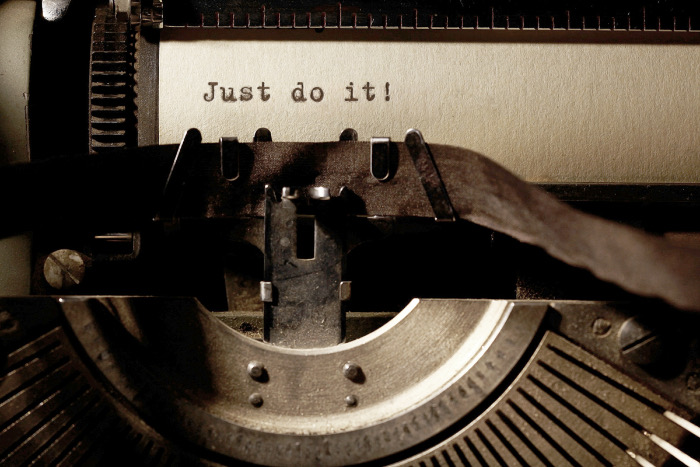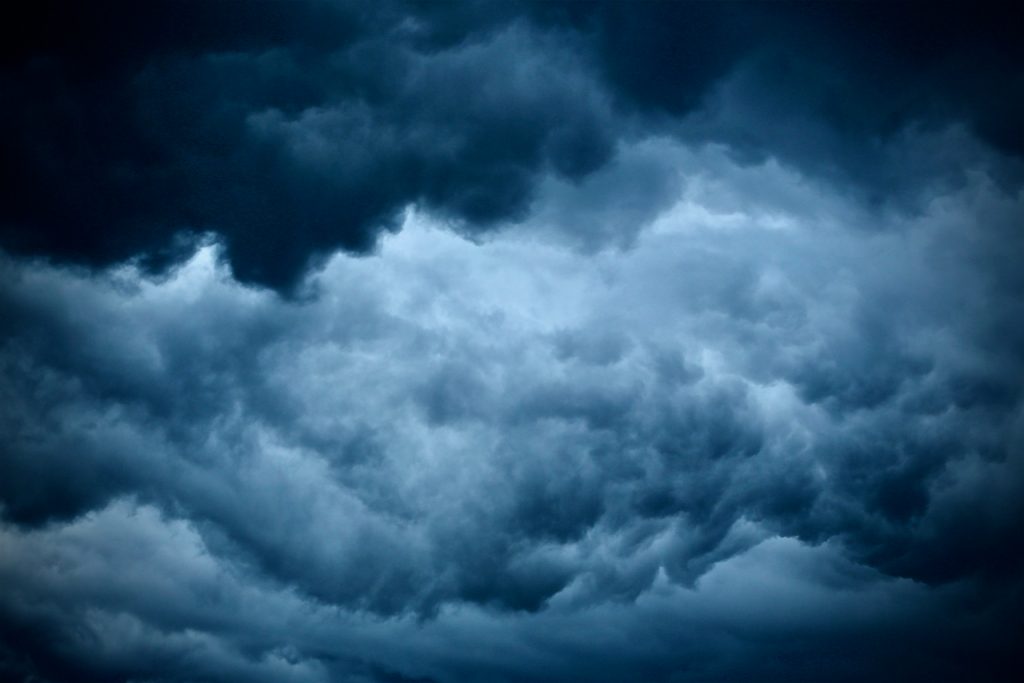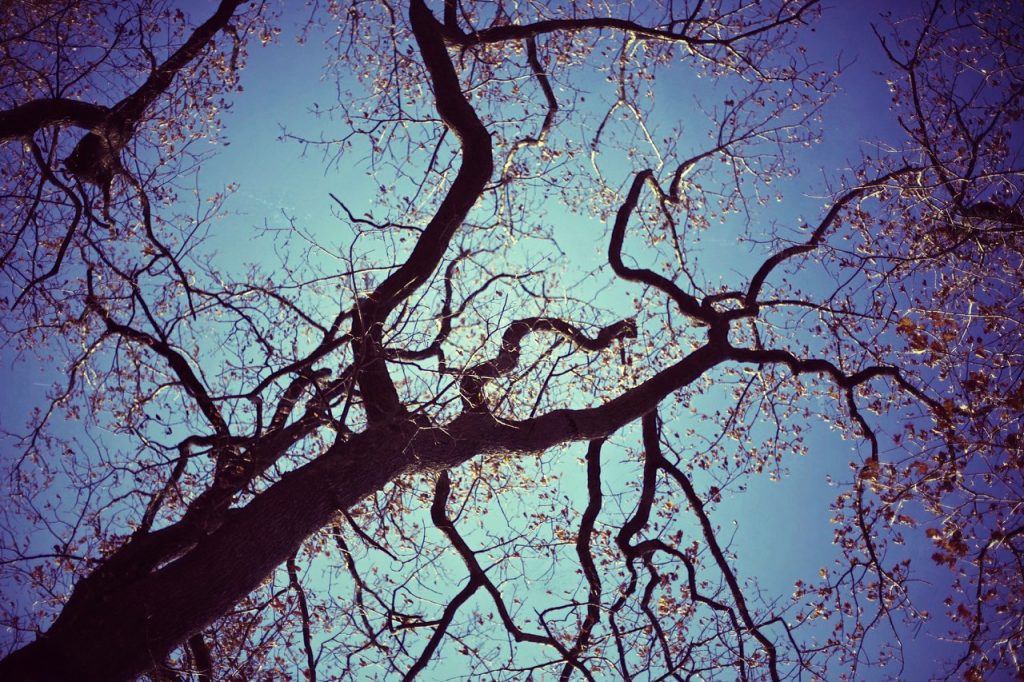
The secret of it all is, to write in the gush, the throb, the flood, of the moment – to put things down without deliberation – without worrying about their style – without waiting for a fit time or place. I always worked that way. I took the first scrap of paper, the first doorstep, the first desk, and wrote – wrote, wrote. No prepared pictures, no elaborated poem, no after-narrative, could be what the thing itself is. You want to catch its first spirit – to tally its birth. By writing at the instant the very hear-beat of life is caught.
Walt Whitman on writing from ”Walt Whitman Speaks: Final Thoughts on Life, Writing, Spirituality, and the Promise of America.” You can find it here.
The New York Review of Books published the introduction (in a somewhat different form) in the April 18th, 2019 issue; a good read available here.
If you liked this post, share it on your preferred social network or forward it to a friend.


